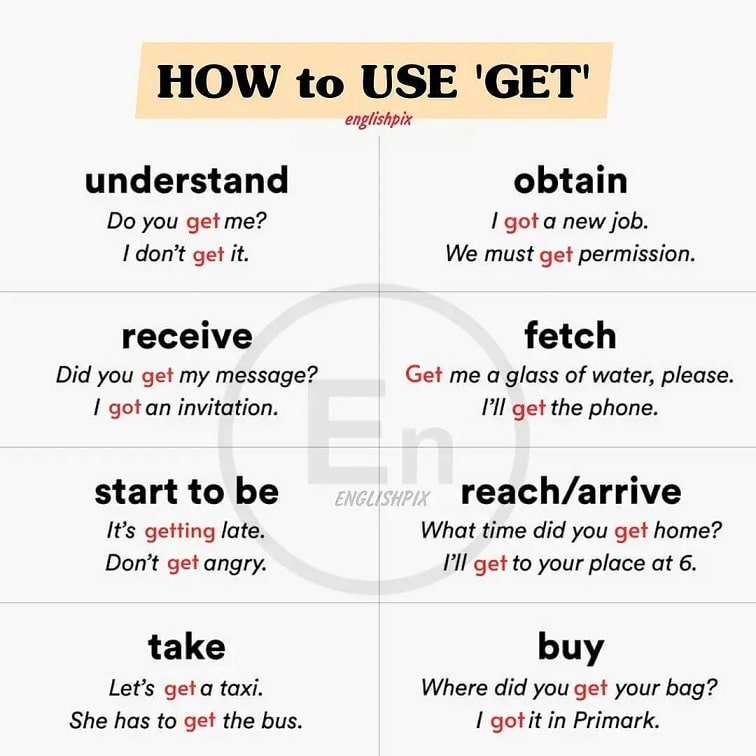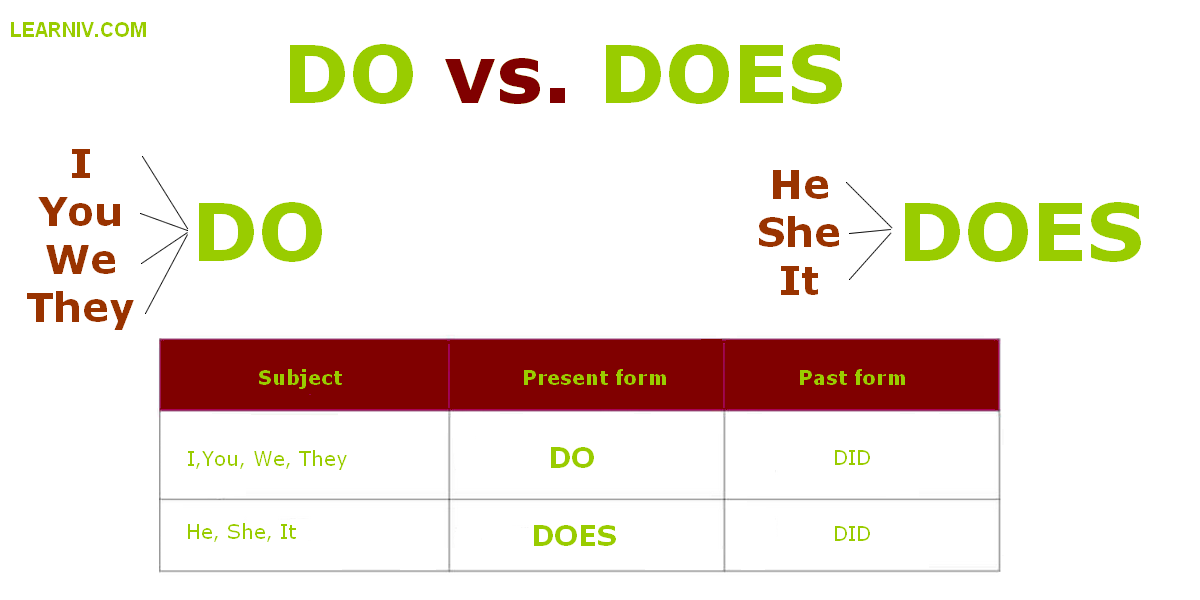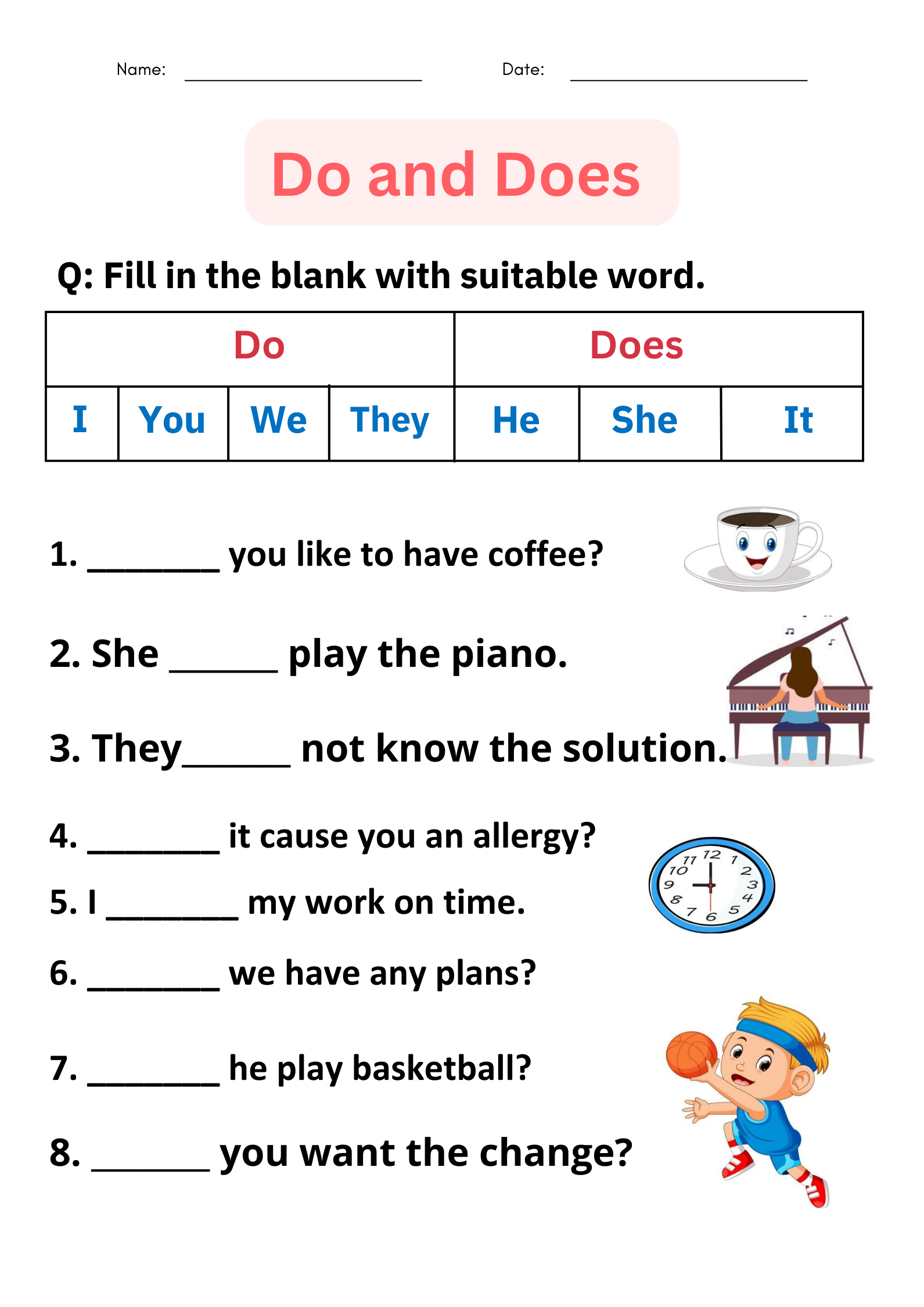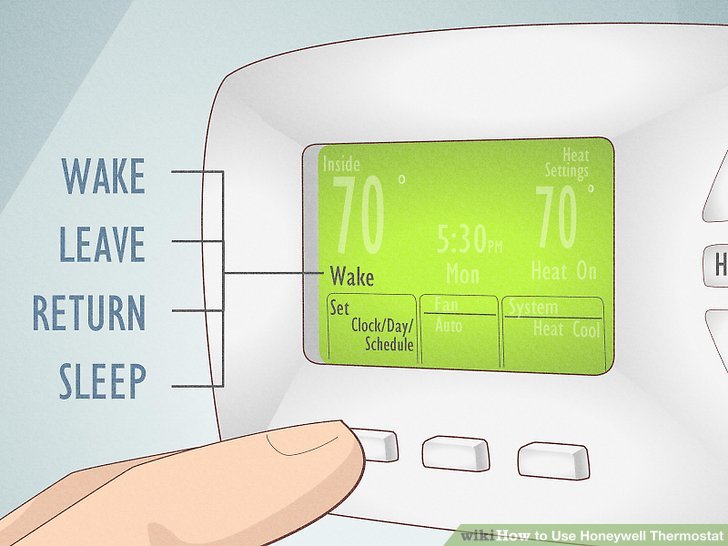Understanding Lane Filtering Laws in Florida and Texas: What Every Motorcyclist Needs to Know
Introduction
Motorcycle riders often look for ways to navigate congested traffic efficiently. Lane filtering -the practice of moving between lanes of slow or stopped vehicles-has become a topic of considerable debate across the United States. Riders in Florida and Texas, two states with large motorcycle communities and diverse urban environments, frequently ask whether this maneuver is legal and what the implications are for safety and compliance. This article provides a comprehensive, up-to-date overview of lane filtering laws in Florida and Texas, including practical advice for riders and alternative strategies for staying safe on the road.

Source: klnivenlaw.com
What Is Lane Filtering and How Does It Differ from Lane Splitting?
Lane filtering generally refers to a motorcycle moving between stationary or slow-moving vehicles, often to reach the front of a line at a traffic signal. Lane splitting , on the other hand, is when a motorcycle travels between lanes of moving traffic, typically at higher speeds. While the terms are sometimes used interchangeably, the law often distinguishes between these practices, and penalties can differ depending on the specific maneuver and location.
Lane Filtering in Florida: The Current Legal Landscape
In Florida, lane filtering is explicitly illegal . Florida Statute 316.209(3) states that no person shall operate a motorcycle between lanes of traffic or rows of vehicles. The law does not differentiate between lane splitting and lane filtering; both practices are prohibited under the same statute [1] , [2] , [3] , [4] , [5] . Engaging in lane filtering in Florida can result in a moving violation citation, similar to penalties for speeding or running a red light.
Motorcyclists should be aware that lane sharing -the practice of two motorcycles riding side by side within a single lane-is permitted, but only up to two abreast. More than two motorcycles riding side by side is not permitted, as outlined in Florida Statute § 316.209 [1] .
Practical Example
Suppose you are riding your motorcycle in Miami during rush hour and traffic comes to a standstill. If you attempt to ride between rows of stopped cars to reach the front of the line at a red light, you are engaging in lane filtering and could face a citation if observed by law enforcement. Instead, you must remain in your lane and wait for traffic to resume moving. The same rule applies whether you are in a city like Orlando or a rural highway in central Florida.
Potential Challenges and Solutions
One common concern among riders is the risk of being rear-ended while stopped in traffic. Florida law does not provide an exception for lane filtering to avoid this risk. To enhance safety, you can position yourself to one side of your lane to increase visibility and allow for an escape route if a vehicle approaches from behind too quickly [5] .
Alternative Approaches
Some states have begun to recognize the safety benefits of lane filtering, especially at low speeds, but Florida remains firm in its prohibition. Riders in Florida should focus on defensive riding techniques and use their full lane to maximize safety.
Lane Filtering in Texas: The Legal Status
As of the current date, lane filtering is not legal in Texas . While Texas lawmakers have considered bills to legalize lane splitting or filtering in the past, none have become law. Texas Transportation Code does not explicitly allow lane filtering or lane splitting, and current interpretation by law enforcement is that both practices are prohibited unless a specific exception is made in the future.
Because Texas traffic laws do not contain an explicit provision for lane filtering, riders who engage in this practice risk being cited for unsafe lane changes or reckless driving under broader traffic safety statutes. In practice, most Texas law enforcement agencies treat lane filtering similarly to lane splitting, meaning both are effectively banned.
Example Scenario
Imagine you are riding in Dallas and hit a traffic jam on the interstate. If you maneuver between stopped vehicles to get ahead, you are lane filtering, and this can result in a citation for improper lane usage or reckless driving, depending on the officer’s assessment. It is important to remain within your designated lane and wait for traffic to move.
Recent Developments and Future Legislation
There have been periodic efforts in the Texas legislature to legalize lane filtering or lane splitting for motorcycles, often citing studies from California and other states that suggest the practice can improve safety and traffic flow under certain conditions. However, to date, these bills have not passed. Riders interested in advocacy or staying informed about future legislative changes should monitor the Texas Legislature’s official website or contact state motorcycle rider organizations.
How to Access Official Information and Stay Updated
For the most accurate and up-to-date information on traffic laws:
- Visit the official Florida Department of Highway Safety and Motor Vehicles website for statutes and updates.
- Check the Texas Department of Public Safety website for current motorcycle laws and any legislative news.
- Contact local law enforcement agencies directly if you have questions regarding specific traffic scenarios.
- If you are involved in an accident or cited for a traffic violation, consult a licensed attorney who specializes in traffic or motorcycle law in your state.
Safety Considerations for Motorcyclists
Even in states where lane filtering is legal, safety should always be the top priority. The key risks associated with lane filtering include:

Source: isalegal.info
- Limited visibility to drivers in larger vehicles.
- Sudden lane changes by other motorists.
- Reduced reaction time due to close proximity to other vehicles.
Whether you are riding in Florida, Texas, or another state, always wear proper protective gear, maintain a safe following distance, and stay alert for unpredictable behavior from other road users.
Step-by-Step Guidance for Motorcyclists in Florida and Texas
- Familiarize yourself with state and local traffic laws regarding motorcycles, including lane usage, lane sharing, and overtaking.
- Refrain from lane filtering or lane splitting in Florida and Texas to avoid citations and potential liability in the event of an accident.
- If you ride in a group, ensure no more than two motorcycles ride side by side within a single lane in Florida.
- Stay updated on legal developments by subscribing to official state transportation newsletters or following recognized motorcycle advocacy groups.
- Use defensive riding strategies, such as positioning yourself within your lane for maximum visibility and leaving adequate space from vehicles ahead.
- In the event of a collision or citation, seek advice from qualified legal professionals familiar with motorcycle law in your state.
Alternative Pathways and Advocacy
If you are interested in supporting the legalization of lane filtering in your state, consider joining state-level motorcycle advocacy organizations. These groups often lobby for legislative changes, provide rider safety training, and keep members informed about evolving laws. To find such organizations, search for “motorcycle advocacy group Florida” or “motorcycle riders association Texas,” or inquire with your local Department of Motor Vehicles for referrals.
Key Takeaways
- Lane filtering is illegal in both Florida and Texas as of the current date.
- Violations can result in traffic citations, fines, and increased liability in accidents.
- Motorcyclists should remain within their designated lane and practice defensive riding techniques to maximize safety.
- For updates or legal assistance, use official state transportation resources and consult qualified legal professionals.
References
- [1] Fischer Redavid PLLC (2024). Lane Splitting and Lane Filtering in Florida: What You Need to Know.
- [2] Schilling & Silvers (2025). Lane-Splitting Laws in Florida – Legal Guide.
- [3] InjuryLawyers.com (2025). Is Lane Splitting Legal in Florida? What You Need to Know.
- [4] Beers & Gordon Law (2025). Is Lane Splitting Legal In Florida?
- [5] Law Tigers (2024). Is Lane Splitting Legal in Florida?
MORE FROM mumsearch.com













